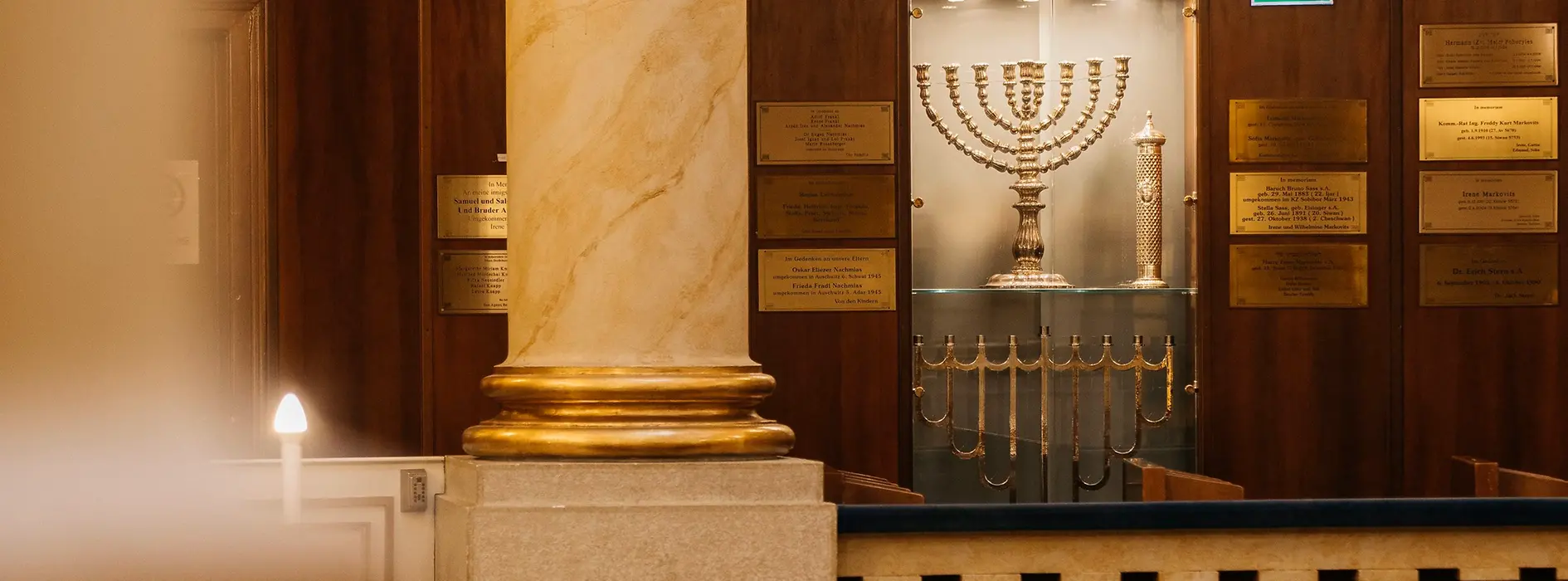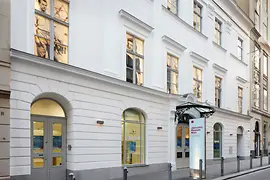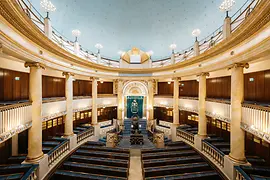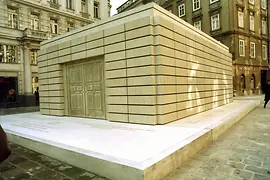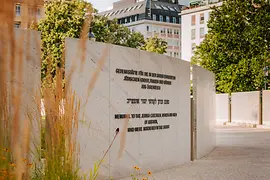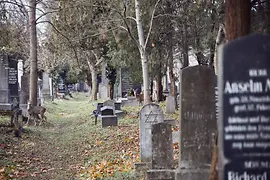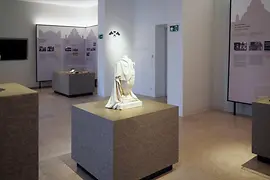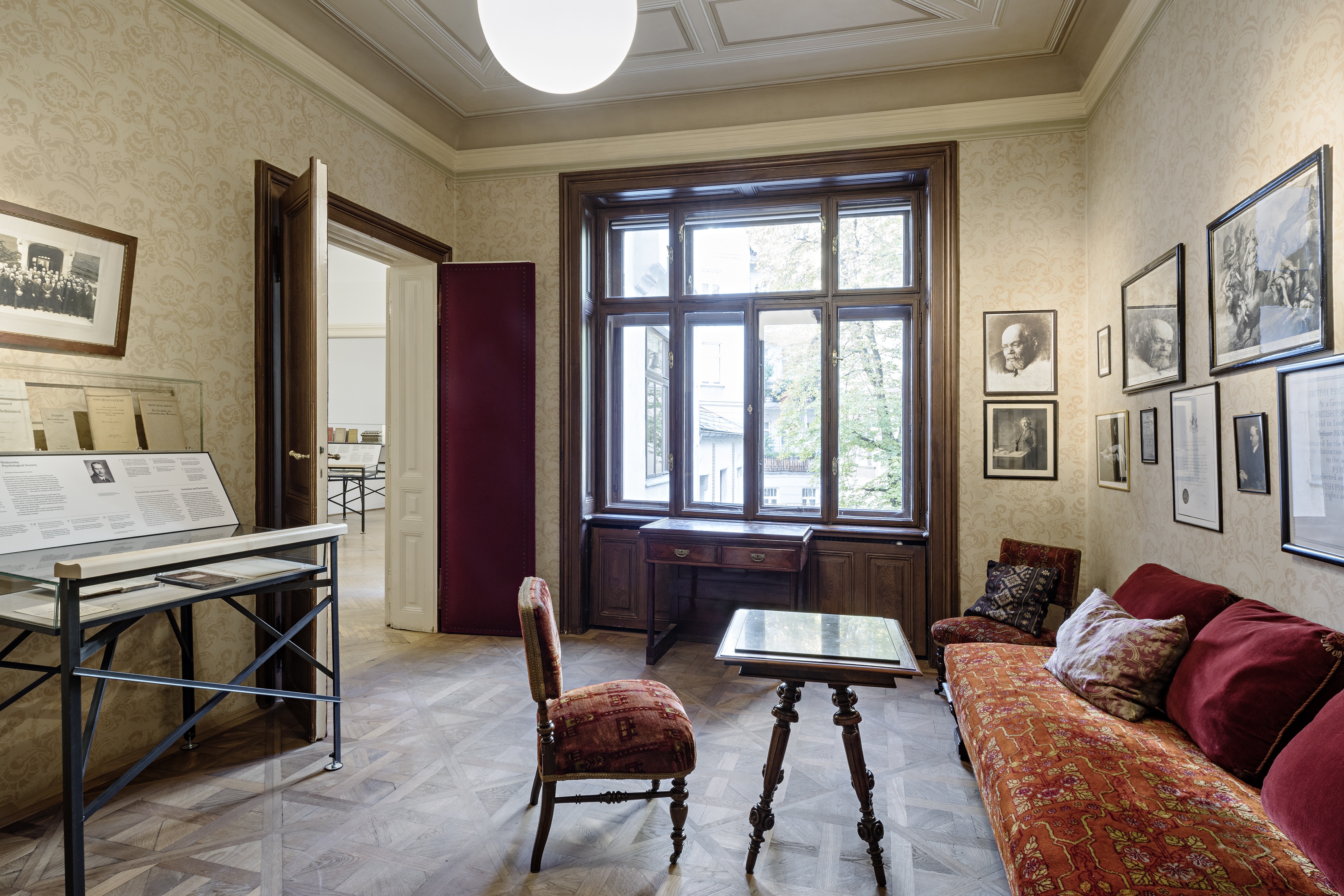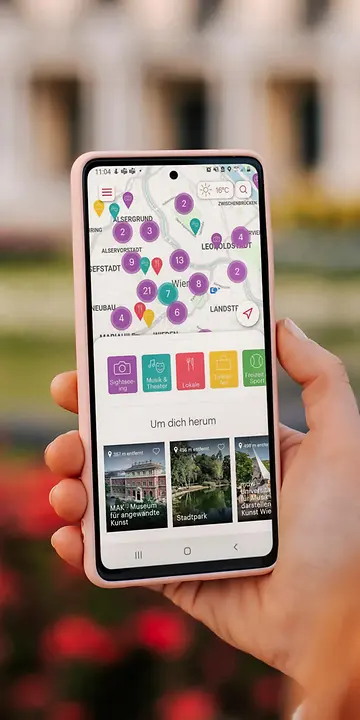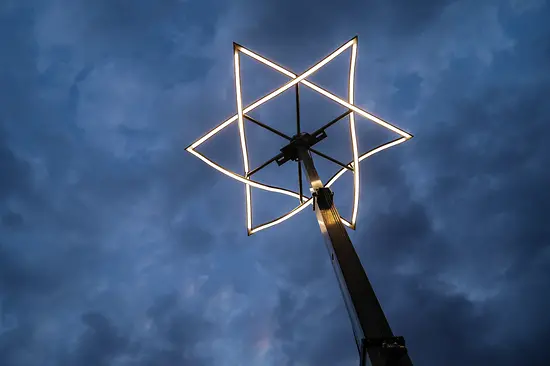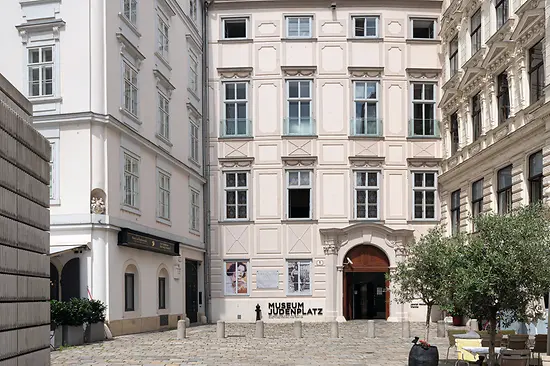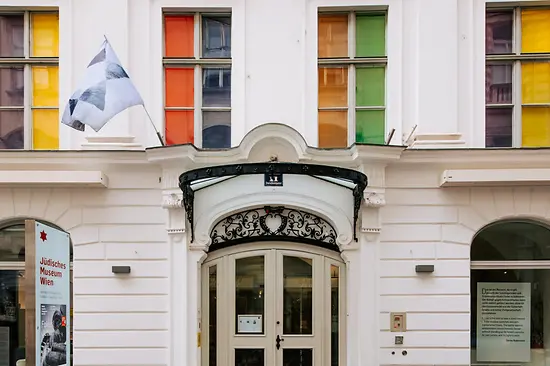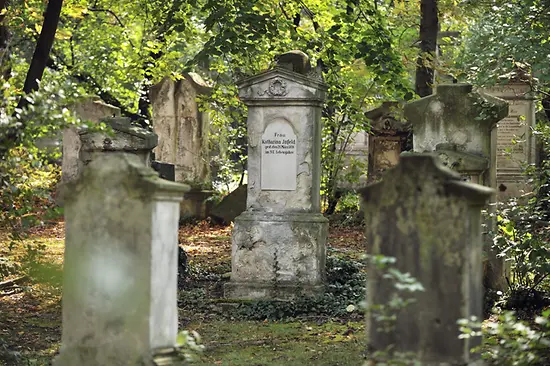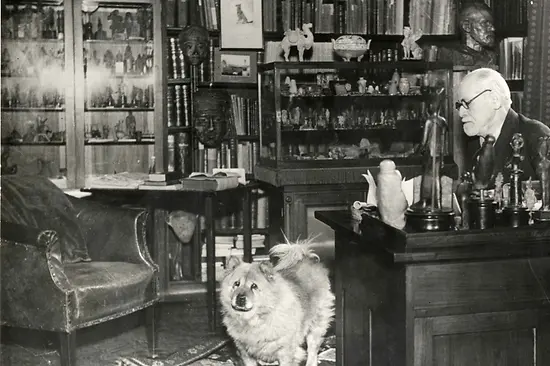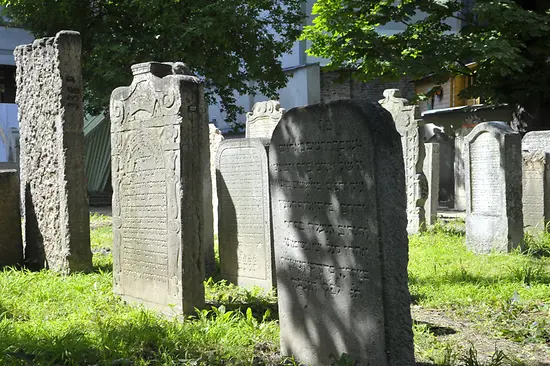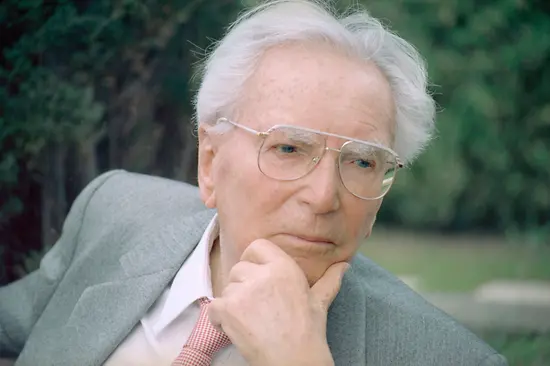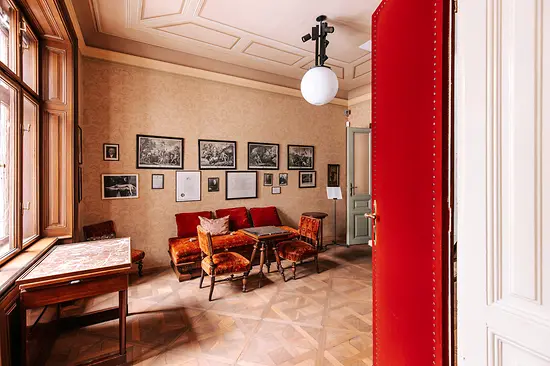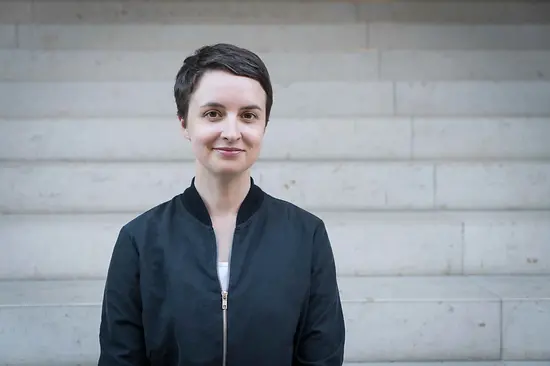Jewish Vienna
Until 1938, Vienna had a flourishing Jewish community with dozens of synagogues and prayer houses. The prevalent anti-Semitism of the time provided fertile grounds for the racism and terror of the Nazis, which started immediately after the occupation of Austria by the German Wehrmacht in March of 1938. Any Jew who owned something, was robbed: through “Aryanization,“ his property came into the possession of the state or of private persons who could “buy” at low prices. Both as famous as Sigmund Freud or as modest as a shoemaker or homemaker, 140,000 Austrians had to flee the country for “racial reasons”; 65,000 who could not escape were murdered. Since 2021, they have been remembered by a Shoah memorial wall in Ostarrichi Park, where the names of the murdered Jews are engraved on granite panels.
Coming to terms with the largest crimes in the history of Vienna and Austria is a process that has lasted decades and is still not finished. Since the eighties (the Jewish Welcome Service was founded in 1980), the City of Vienna has made increased efforts to show the history and Jewish heritage in all its complexity.
Remembrance and commemoration
Visit the Jewish Museum (at Palais Eskeles in Dorotheergasse), the Museum Judenplatz (with the subterranean remains of a medieval synagogue), the Holocaust Memorial at Judenplatz and the Memorial against War and Fascism at Albertinaplatz. A large region with tombs from the time before 1938 can be found in the Jewish section of the Central Cemetery (Access: 1st Door). The Jewish cemetery in Währing was in use between 1784 and 1884. It was left to decay after its closure, but it has been under continuous renovation for the last few years. In March 2023, an exhibition space opened at the Währing Jewish Cemetery in the Tahara House, where rituals involving washing the dead body and farewells were once held. Now objects and display boards here reveal the history of the cemetery as well as where gravestones of famous individuals such as Joachim Ephrussi (founder of the Ephrussi dynasty) or the salonnière Fanny von Arnstein can be found. The cemetery is open to visitors every other Sunday from 10am - 4pm, and guided tours are also available (Registration required).
The Vienna Eruv
Since autumn 2012, an Eruv, like the one before the National Socialist era, has existed again after many years of preparations. The Eruv roughly covers the area between the Gürtel and the Danube. The 25-km long border defines a private space in which the ban on carrying is repealed for orthodox Jews on the Sabbath. More information: www.eruv.at
Freud and Schönberg
Sigmund Freud was able to emigrate to England in 1938 with the help of Marie Bonaparte. At his former address in the ninth district, Berggasse 19, since the 1970s the Sigmund Freud House has been a museum.
The Viennese Arnold Schönberg worked in Berlin when the Nazis gained power in 1933. In the same year they expelled him and he emigrated to the USA (Schönberg Center).
Services, information & guided tours
Multilingual information and services about Jewish life in Vienna then and now can be found at the Jewish Welcome Service as well as at the Infopoint Jewish Vienna.
- Tours of the synagogue can be booked in German and English through Infopoint Jewish Vienna.
- Jewish Heritage Austria offers public and private tours on the theme of Jewish Vienna (through Vienna’s city center, along the Ringstrasse or through Leopoldstadt, a Jewish district in Vienna) or custom tours for groups, Holocaust descendants (including development and research of individual family histories) & travel brokerage for religious visitors.
Brochure "Jewish Vienna"
More information about Jewish Vienna provides the brochure "Jewish Vienna – Heritage and Mission"
- Judenplatz 8/8, 1010 Wien
- http://www.jewish-welcome.at/
